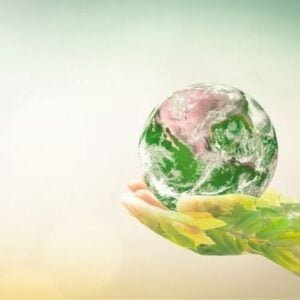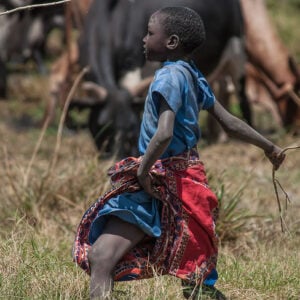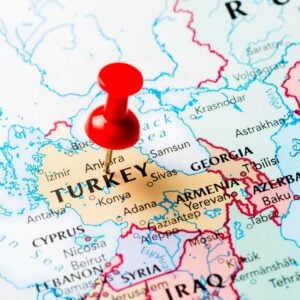Services are expected to remain the primary driver of economic growth in the Lao People’s Democratic Republic (Lao PDR) in 2025, with the sector projected to expand by 4.5%, according to the Asian Development Bank (ADB). The tourism industry experienced a strong rebound, attracting 2.3 million visitors in the first half of the year, aided by improved regional connectivity and targeted marketing efforts. This resurgence in tourism positively impacted retail, hospitality, and transportation sectors.
The industrial sector of Lao PDR is forecasted to grow by 3.6% in 2025, bolstered by developments in energy and manufacturing. Electricity production increased by 3.2% in the first half of the year and is expected to rise by 6.5% over the full year. Agriculture is projected to see modest growth of 1.3% in 2025, supported by favorable weather conditions.
ADB has adjusted its growth and inflation forecasts for Lao PDR due to ongoing economic challenges and easing inflationary pressures. While reduced inflation provides some relief, trade tensions, fiscal constraints, and vulnerabilities in public debt could slow the pace of recovery. Consequently, the growth forecast has been revised downward to 3.7% for 2025 and 3.8% for 2026.
Despite these challenges, optimism remains about the country’s growth potential. ADB highlighted the government’s efforts to manage debt and stabilize the economy and reaffirmed its support for sustainable development initiatives in Lao PDR.
Public finances continue to be constrained, with external debt service and principal repayments totaling $533 million by mid-2025. Revenue collections improved, reaching 93% of the targeted amount for the first half of the year. Inflationary pressures have eased significantly, dropping to 5.0% in August from 11.1% in April. Food inflation decreased sharply to 3.1% from 24.3% in August 2024, although non-food inflation remains high.
The Bank of the Lao PDR reduced its policy rate from 10% in March to 9% in August, marking the third rate cut of the year. The national currency, the kip, appreciated 0.5% against the US dollar but depreciated 6% against the Thai baht. Foreign reserves increased to $2.7 billion in August 2025 from $2.1 billion in December 2024, providing approximately 3.1 months of import coverage.
ADB, a leading multilateral development bank established in 1966 and owned by 69 members, supports inclusive, resilient, and sustainable growth across Asia and the Pacific. It collaborates with governments and partners to address complex challenges through innovative financial tools and strategic partnerships, aiming to improve infrastructure, enhance lives, and safeguard the environment.







